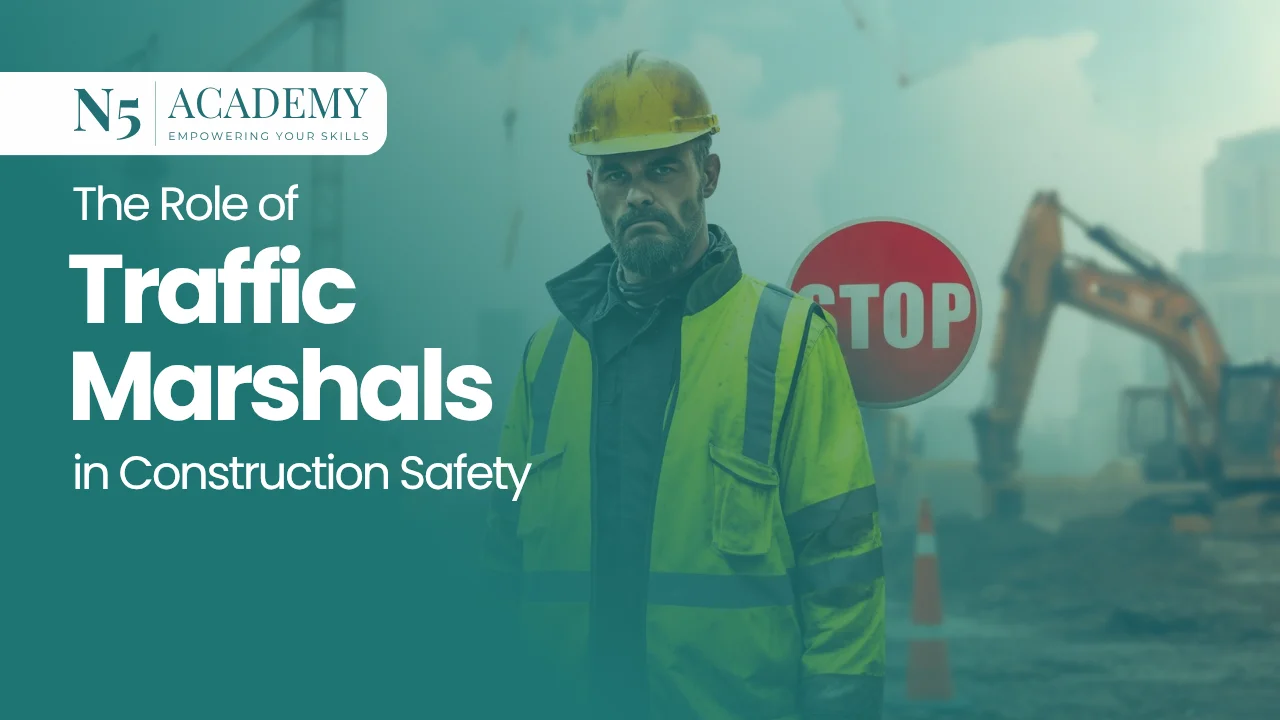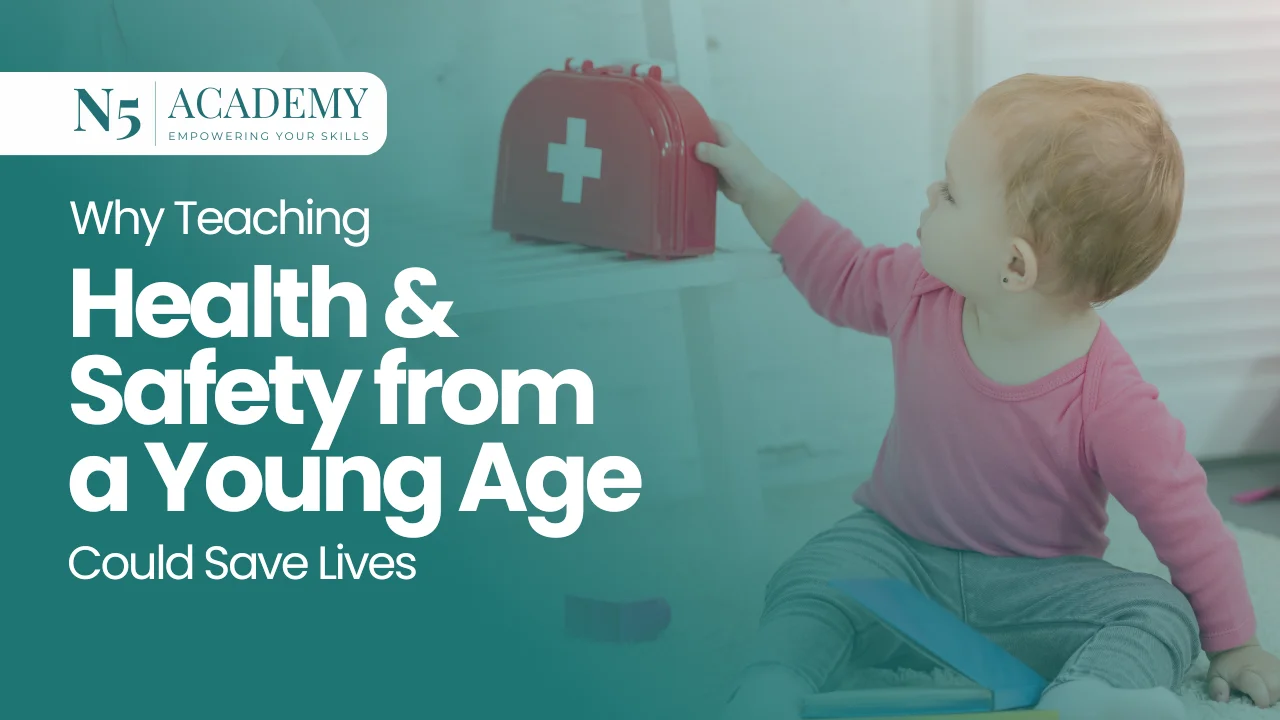

Health and safety may seem like an adult issue, but it actually begins in childhood. Learning how to cross the road and what to do in an emergency is essential for teaching kids to be responsible citizens.
Children are curious and eager to learn. With the right guidance, they can develop important skills. Teaching them safety habits early helps them protect themselves and others. Simple lessons, like fire drills or basic hygiene, can have a big impact later in life.
In the UK, schools are focusing more on health and safety, but we still need to make this education a core part of child development. Child safety education in the UK is not just helpful; it can save lives.
Children learn faster than adults. Their brains are designed to learn by watching, copying, and playing. By teaching health and safety early, we can make the most of this important time for their growth.
Early exposure to safety lessons helps kids remember important information and think critically. When children take part in safety activities, like role-playing emergencies or doing interactive drills, they are more likely to learn the right responses. This can greatly lower panic in real situations and encourage calm, clear thinking.
Accidents are a major cause of injury for young children in the UK. Teaching kids how to use playground equipment safely, stay away from sharp objects, and respond to fire alarms can greatly lower the number of accidents.
Teaching children to recognise warning signs, like wet floors or broken equipment, helps them take part in keeping their environment safe. This approach protects them and promotes a sense of responsibility among their peers.
Imagine if every child could call emergency services, check if someone is breathing, or help someone into the recovery position. These tasks are simple but can be life-saving.
Teaching children to be ready and capable helps them react well in emergencies. Programs that cover CPR basics, how to help someone who is choking, or what to do when someone faints have shown success in other countries. The UK could gain from these kinds of programs too.
Teaching safety is more than just preventing accidents; it’s about creating a culture of responsibility. When children understand that their actions impact others, they start to make better choices.
This culture influences how children interact with their surroundings, friends, and family. They learn to spot dangers, promote safety, and set a good example for younger siblings or classmates. When children learn responsibility early, it becomes a natural part of their behaviour.
The UK has strict health and safety rules, especially at work. However, teaching these rules starts in childhood.
Knowing why rules exist is just as important as knowing the rules. Children who understand safety practices, like why we have evacuation drills or wash our hands, learn to respect the systems that keep everyone safe.
Children’s safety education shouldn’t end at school. Parents and guardians are important in supporting what kids learn in class.
Creating a clear message about safety at home and school helps children remember important information and feel more confident. Talking openly about risks, emergency contacts, and safe habits makes families stronger and better able to handle emergencies.
Safety education now includes more than just physical threats. Since children use digital devices early on, online safety is also very important.
Digital literacy is an essential life skill. We need to teach children online manners, how to protect their personal information, and the dangers of screen addiction. To keep kids safe, we must adapt our education as new threats arise.
Many children have saved lives because of what they learned in school or safety workshops. They have called 999 and performed CPR, proving that kids can make a difference.
At N5 Academy, we care about safety at all stages of life. Our certified training programs are for adults, but we aim to raise awareness in the community.
We think that adults who know about safety are more likely to teach their children the same. Our goal goes beyond the classroom; we want to create a future where safety comes naturally, starting with knowledge passed down through generations.
Teaching health and safety to children is about empowering them, not scaring them. It gives them practical tools, builds their confidence, and encourages responsibility for life.
Health and safety education in schools is a community effort, and N5 Academy proudly supports this mission.
By focusing on child safety education in the UK, we reduce accidents and help raise a generation that values life, understands risks, and knows how to respond in emergencies.
Starting early makes a bigger difference. A safe childhood leads to a prepared teenage life and responsible adulthood. Let’s invest in safety now because today’s children will be tomorrow’s lifesavers.
We help you forge a successful career in health and safety. We’re a UK-based company providing top-notch safety training courses that adhere to industry standards.